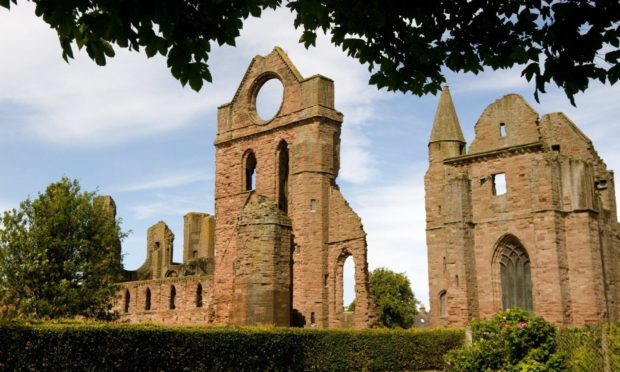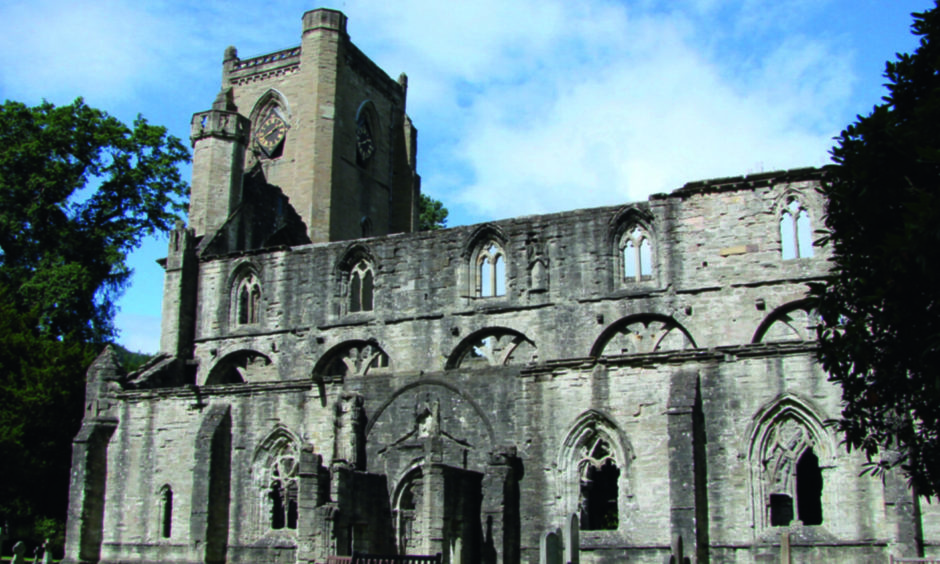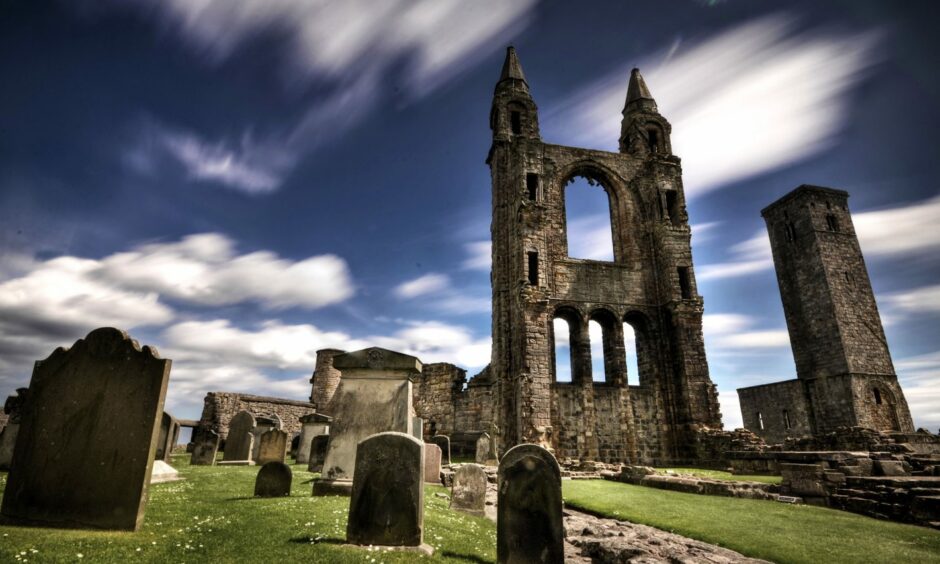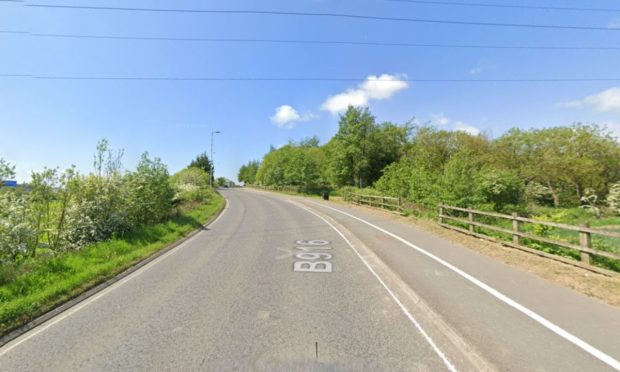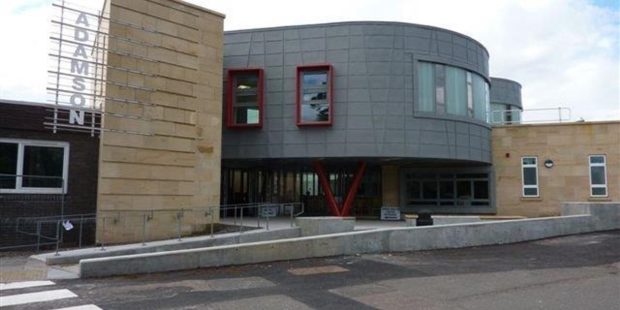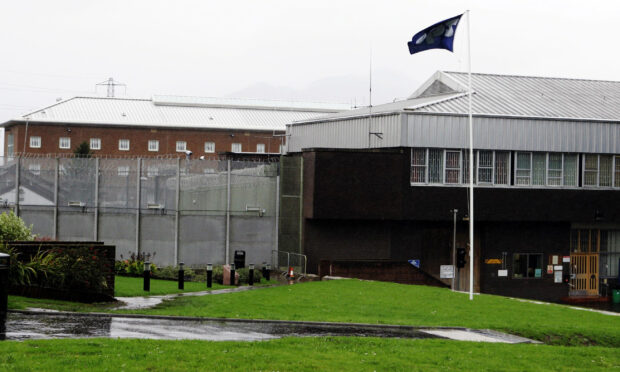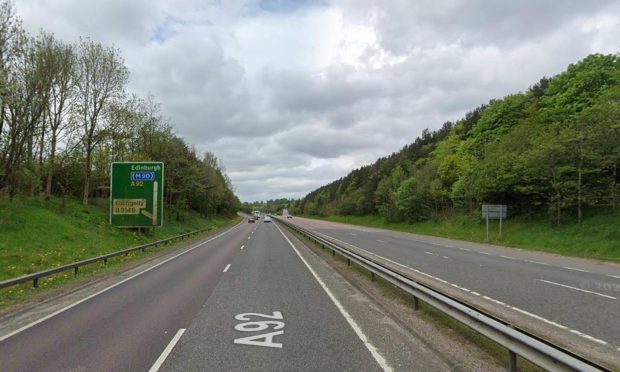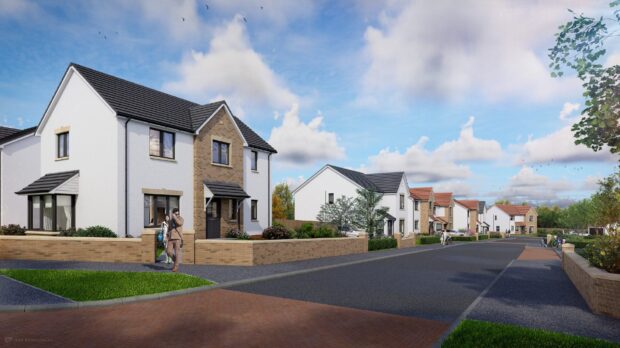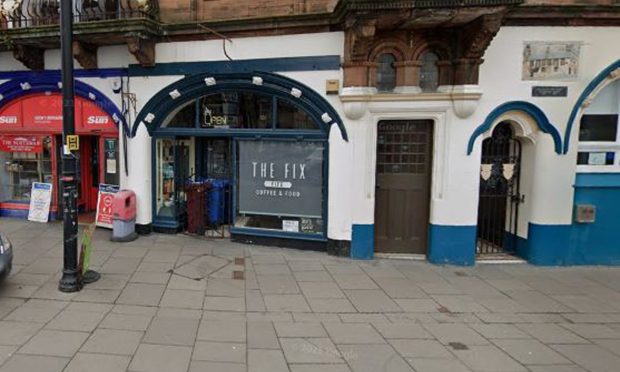Historic castles and cathedrals across Scotland could remain closed for some time due to fears over falling masonry.
St Andrews Cathedral, Arbroath Abbey and Dunkeld Cathedral were among 19 buildings closed to the public last summer due to a potential safety risk.
And they are still shut, despite the lifting of Covid restrictions.
Owners Historic Environment Scotland discovered the issue during routine inspections in June.
It said masonry at some buildings appeared to be unstable at a high height and ordered further investigations.
The body is now assessing its initial findings.
No quick fix
St Andrews Labour councillor Brian Thomson, who works in the construction sector, said there was no quick fix.
“I would like to see the cathedral open to the public as soon as possible but health and safety has to be paramount,” he said.
Mr Thomson added: “From personal experience through my work, I know these exercises can take quite a long time and have to be extremely thorough.
“If they got something wrong and stonework was to fall, there would obviously be a lot of questions.
“It’s not as simple a doing a quick check.”
The councillor said the delay to reopening was unlikely to be due to Covid.
“They have a limited budget and these things take a lot of money to carry out and a lot of time.”
Popular tourist attractions
St Andrews Cathedral has been used for worship since at least the 700s.
It is now home to the remains of Scotland’s largest, and some say most magnificent, church and is a popular tourist attraction.
Meanwhile, the 12th century Arbroath Abbey has played a significant role in Scottish History.
It was home to the Stone of Destiny and the signing of the Declaration of Arbroath, which attempted to assert Scotland’s status as an independent state.
While its visitor centre and new exhibition are now open, the abbey and grounds remain closed.
Dunkeld Cathedral is said to be the most romantic in Scotland and holds paintings dating from the 1500s.
A spokesperson for Historic Environment Scotland said it had carried out a prioritised programme of sample survey inspections.
It took a while as the affected properties were sited across Scotland.
In addition, it had to install safety perimeters before undertaking high-level inspections.
“We are currently assessing our findings and will update soon,” said the spokesperson.
